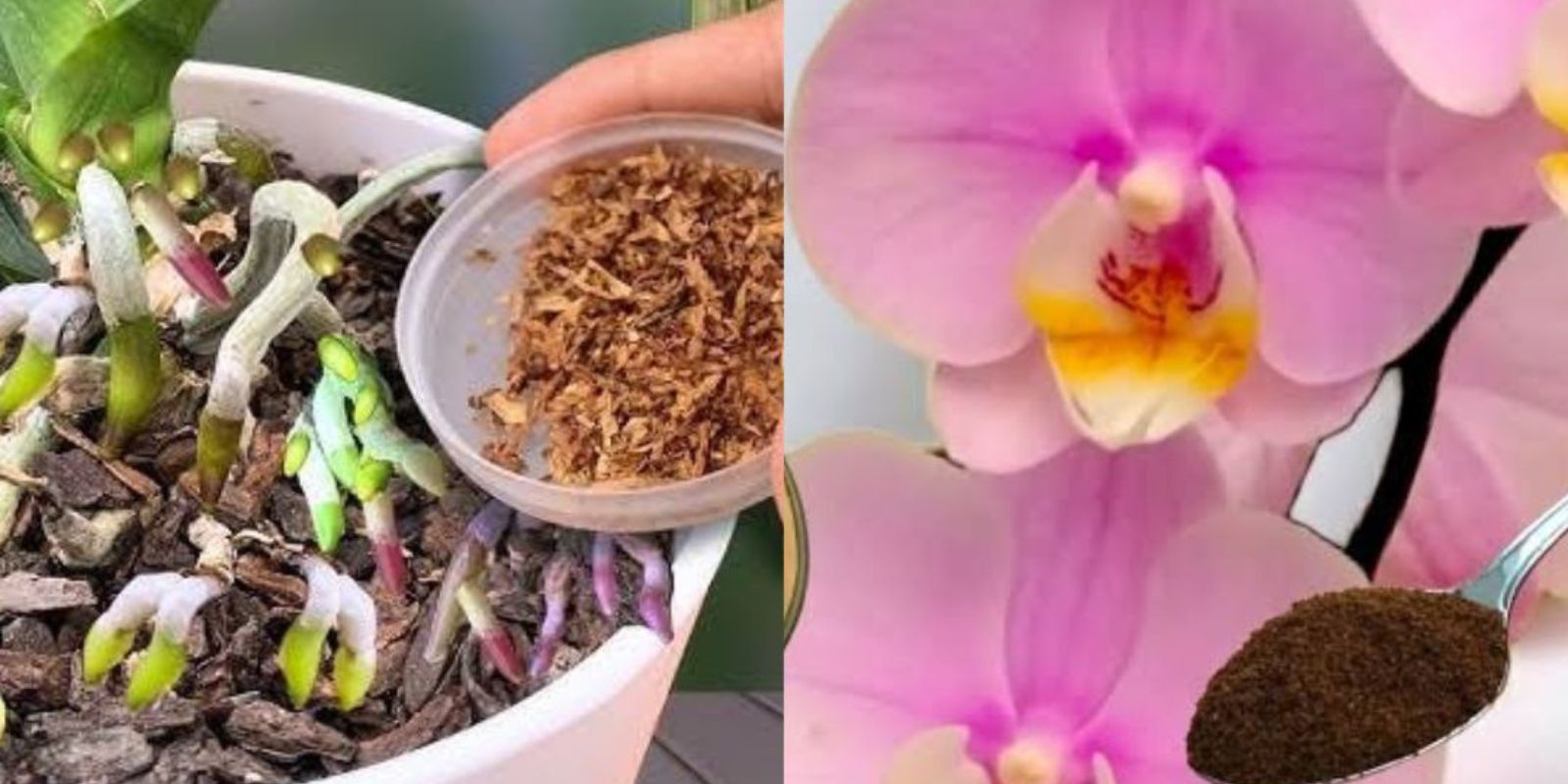Gardening enthusiasts are constantly on the lookout for simple and effective ways to improve plant health and encourage vibrant growth. The idea that just 1 teaspoon of a natural booster can work wonders on your plants might sound too good to be true, but it’s an easy, proven, and eco-friendly method that’s revolutionizing home gardening. Whether you’re growing houseplants, flowers, vegetables, or shrubs, this tiny addition can have a significant impact.
In this article, we’ll dive into how this simple practice works, the best natural boosters to use, and how you can incorporate this tip into your gardening routine to achieve lush green foliage and abundant blooms.
Why Does This Work?
Plants thrive when they receive the right balance of nutrients, water, and sunlight. However, soil can often lack essential nutrients due to repeated planting, improper care, or poor quality. This is where natural boosters come in—they replenish the soil with necessary elements, creating a healthy environment for plants to grow.
Using a small amount, such as 1 teaspoon, ensures that the nutrients are concentrated enough to make an impact without overwhelming the plant. By targeting the base of your plants, these boosters seep directly into the root zone, promoting better absorption and quicker results.
Top Natural Boosters to Use
Here are some effective, natural options you can try:
1. Used Coffee Grounds
Rich in nitrogen, coffee grounds enhance the soil’s structure, improve drainage, and boost plant growth. They are especially beneficial for acid-loving plants like roses, azaleas, and blueberries.
2. Crushed Eggshells
Eggshells are an excellent source of calcium, which strengthens plant cell walls and prevents issues like blossom-end rot in tomatoes, peppers, and squash.
3. Banana Peel Powder
Bananas are packed with potassium and phosphorus, crucial for root development and flower production. Dry and crush the peels into a fine powder for easy application.
4. Wood Ash
Leftover ash from untreated wood is rich in potassium and calcium carbonate, making it a perfect addition for flowering plants.
5. Epsom Salt
Magnesium and sulfur in Epsom salt encourage chlorophyll production, giving leaves a deep green hue and aiding in photosynthesis.
Step-by-Step Guide to Using 1 Teaspoon of a Natural Booster
1. Prepare Your Booster
Select one of the boosters mentioned above based on the needs of your plant. For example:
- Use coffee grounds for leafy greens.
- Try crushed eggshells for tomatoes or peppers.
If needed, dry or crush your ingredient into a manageable consistency for even application.
2. Target the Plant’s Base
Carefully loosen the soil around the plant’s base using a trowel or your fingers. This ensures the booster reaches the root zone, where nutrients are absorbed most effectively.
3. Measure 1 Teaspoon
Take 1 teaspoon of your booster and sprinkle it evenly around the base of your plant. Avoid over-applying, as too much can overwhelm the soil and affect plant health.
4. Cover and Water
Gently cover the booster with a thin layer of soil and water the plant. Watering helps dissolve the booster and carry nutrients deep into the soil.
5. Monitor Results
Observe your plant over the next few weeks. Look for improvements like greener leaves, stronger stems, and new blooms.
Benefits of Using Natural Boosters
1. Cost-Effective Gardening
These boosters are often kitchen or garden waste that would otherwise go unused. Repurposing them not only saves money but also reduces waste.
2. Improved Soil Health
Adding organic material improves soil texture, aeration, and nutrient levels, creating a thriving environment for plants.
3. Eco-Friendly and Sustainable
By using natural ingredients, you’re avoiding chemical fertilizers that can harm beneficial microorganisms and leach into groundwater.
4. Healthier Plants
Plants treated with these boosters are more resilient, growing stronger roots, healthier foliage, and more abundant flowers.
5. Versatility
From indoor potted plants to outdoor vegetable gardens, these natural boosters work for virtually any type of plant.
Common Mistakes to Avoid
- Overloading with Boosters
While it’s tempting to add more, excess nutrients can harm your plant by causing root burn or disrupting soil pH. Stick to 1 teaspoon per plant at a time. - Using Incorrect Ingredients
Some natural materials, like citrus peels or onions, may be too acidic for direct use and can attract pests. Research what works best for your specific plants. - Neglecting Watering
Failing to water after application can leave the booster sitting unused on the soil’s surface. Watering ensures the nutrients penetrate the soil.
Tips for Success
- Test Your Soil: Knowing your soil’s nutrient levels can help you choose the most suitable booster.
- Combine Boosters: Mix complementary ingredients, like coffee grounds and eggshells, for a more balanced nutrient profile.
- Timing Matters: Apply boosters during the growing season for best results. Avoid adding them during dormancy periods.
- Pest Control: Keep an eye out for pests that may be attracted to organic materials, and cover the soil properly.
Transform Your Garden Today
With just 1 teaspoon of the right natural booster, you can breathe new life into your plants, transforming your garden into a lush, green oasis filled with vibrant blooms. This simple, eco-friendly method is accessible to everyone, regardless of gardening experience.
Join the Gardening Revolution
Give it a try and see the difference for yourself. Share your plant transformation stories with us—we’d love to hear how your garden grows!
#GreenGarden #GardeningTips #EcoFriendly #GrowAndBloom #VibrantPlants #GardenMagic #OrganicGardening

